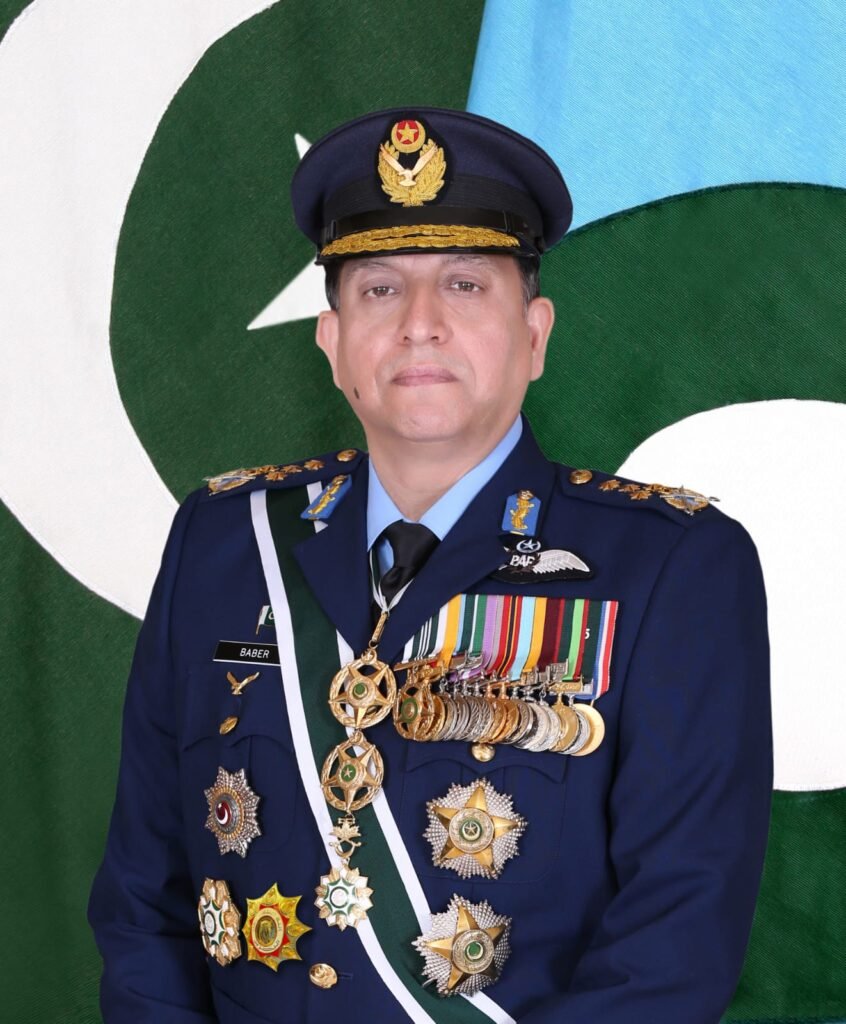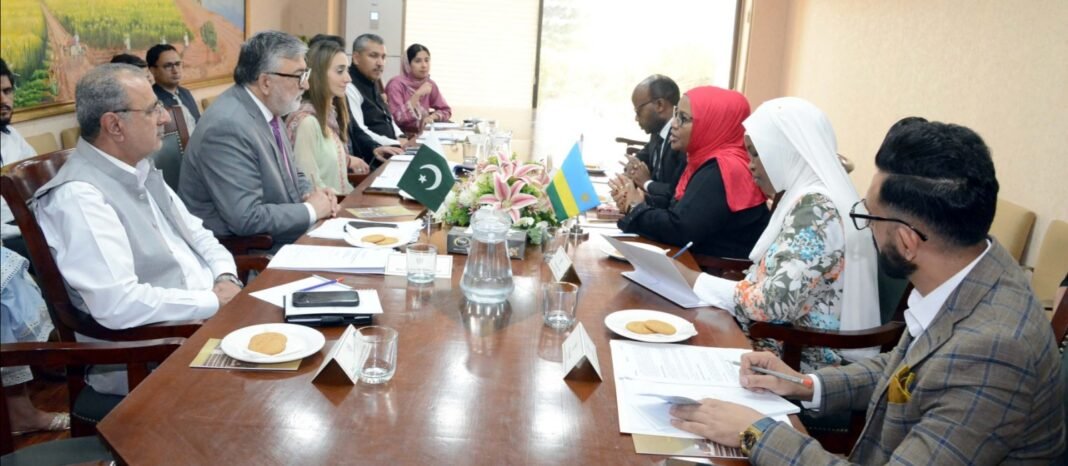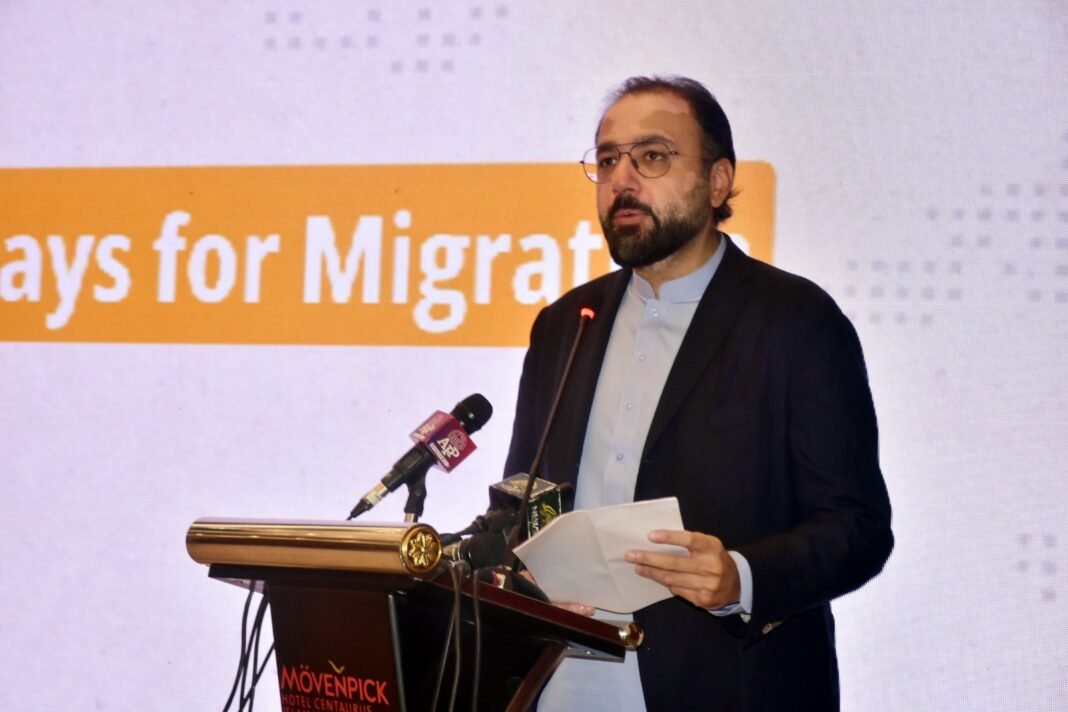
“In any moment of decision, the best thing you can do is the right thing. The next best thing is the wrong thing. The worst thing you can do is nothing.”
Theodore Roosevelt
In the crucible of crisis, leadership is not an abstract virtue, it becomes the only constant. The Indian Armed Forces miscalculated the resolve of our nation when, on the night of 6–7 May, they violated Pakistan’s sovereignty. The ensuing aerial warfare became more than a battle-space, it became a mirror reflecting courage, clarity, and command. Amidst swirling tensions, the leadership, vision, and foresight of Air Chief Marshal Zaheer Ahmed Baber Sidhu resulted in a 7–0 scoreline. A feat unmatched in the history of contemporary aerial warfare.
In an era where air superiority equates to national credibility, this moment was more than tactical brilliance, it was a “kairos” moment: a perfect convergence of timing, vision, and leadership. The Pakistan Air Force’s response to incoming bandits was not a spectacle, but a symphony of strategy. The adversary was not only defeated in the air, it was stripped of its hubris. India had embarked on a campaign to malign Pakistan, only to find itself diplomatically isolated, while Pakistan emerged at the center of global policy and strategic discourse.
How did Pakistan manage to achieve this feat? The inquiry leads us to one of the most iconic diplomatic figures of the 20th century, American statesman, Henry Kissinger, who often implied that diplomacy follows power, not pity. It is the successful, not the struggling, who define the terms of engagement.
Unpacking the May 25 Response of PAF
Air power has assumed a central role in demonstrating political resolve, not just due to its speed and reach, but because of the psychological impact it creates across airwaves. Those who control the skies often control the narrative. India’s appetite for conflict was so decisively countered that, in the Indian Prime Minister’s own words: “We thought we would strike Pakistan with impunity, but the PAF struck back—unhon ne hum par hi hamla kar diya.”
This success was no accident. It was the result of a transformational shift in the Pakistan Air Force, initiated and driven over the past four years by ACM Zaheer Ahmed Baber Sidhu. Upon assuming command, he set into motion a strategic modernization and restructuring of the PAF; organizing, optimizing, and galvanizing the force around a vision that few could imagine at the time.
Full Spectrum Multi Domain Warfare
Anticipating India’s induction of Rafale jets, the PAF operationalized the J-10C aircraft with PL-15 BVR missiles, reclaiming its edge in air-to-air combat. But leadership didn’t stop at hardware. The force adopted a multidimensional modernization strategy; integrating air, space, cyber, and electronic warfare capabilities.
This included expanded use of UAVs, electronic warfare platforms, and network-centric operations that fused data across domains. The PAF invested in resilience, transforming cyber and space from vulnerabilities into operational strengths. These weren’t isolated upgrades; they were harmonized into a “cohesive kill chain” that delivered decisive effects during the May 25 battle.
Indigenous Innovation: Owning the Future
Recognizing the risks of dependence on foreign systems, the PAF under ACM Zaheer’s leadership prioritized “indigenous research and development”. Central to this effort is the “National Aerospace Science and Technology Park (NASTP)” a landmark initiative combining academia, industry, and government in a unified ecosystem of innovation.
This pivot towards self-reliance wasn’t just about economic prudence, it was about strategic autonomy. In an era where access to critical technologies can be denied at the flip of a switch, the PAF chose sovereignty over subservience.
Doctrine over Drama
While Indian media hailed the Rafale as a “Brahmastra,” the PAF relied on precision, planning, and professionalism. The J-10Cs, supported by Pakistan’s own technical architecture, outperformed the narrative-heavy French platforms. But the true difference lay in “philosophy” the PAF chose discipline over display, doctrine over drama.
Its pilots operated with real-time mission updates, electronic warfare superiority, and satellite-linked targeting. Every maneuver was backed by hours of simulation, intelligence integration, and situational awareness. On the night of the engagement, the PAF wasn’t reacting, it was “orchestrating”
Victory Beyond Metrics
This wasn’t just a tactical win, it was a demonstration of strategic deterrence. It affirmed that “Pakistan will not be coerced”, and that restraint, when backed by readiness, is strength; not submission. For both allies and adversaries watching, the message was clear: Pakistan’s defense doctrine is not rhetorical, it is real, reactive, and resolute.
As the dust settled, the implications extended far beyond radar tracks. The operation brought renewed confidence to the people, recalibrated regional deterrence, and redefined Pakistan’s standing in international strategic circles.
“He who has a why to live for can tolerate any how.”
Friedrich Nietzsche
This “why” was embodied in the person and philosophy of Air Chief Marshal Zaheer Ahmed Baber Sidhu. It was his unshakeable clarity of vision that transformed doctrine into action and structure into strength. Yet leadership without execution is only a dream.
What turned vision into victory was the unmatched professionalism of PAF pilots and personnel, those who carried out each sortie, each command, each intercept with unflinching precision and purpose. These were not just aviators, they were guardians of sovereignty.
In a world often seduced by theatrics and optics, Pakistan’s air warriors demonstrated the quiet force of competence. And in doing so, they have inscribed a new chapter in the history of South Asian deterrence, one that will be studied not just for its tactical mastery, but for its strategic maturity.
Article by: Izmi Herlani
Sohail Majeed is a Special Correspondent at The Diplomatic Insight. He has twelve plus years of experience in journalism & reporting. He covers International Affairs, Diplomacy, UN, Sports, Climate Change, Economy, Technology, and Health.






![logo-1[1]](https://globalnewspakistan.com/wp-content/uploads/2025/01/logo-11-e1737618310315-300x187.png)